Dallas Just Made It Easier To Build Multiunit Housing
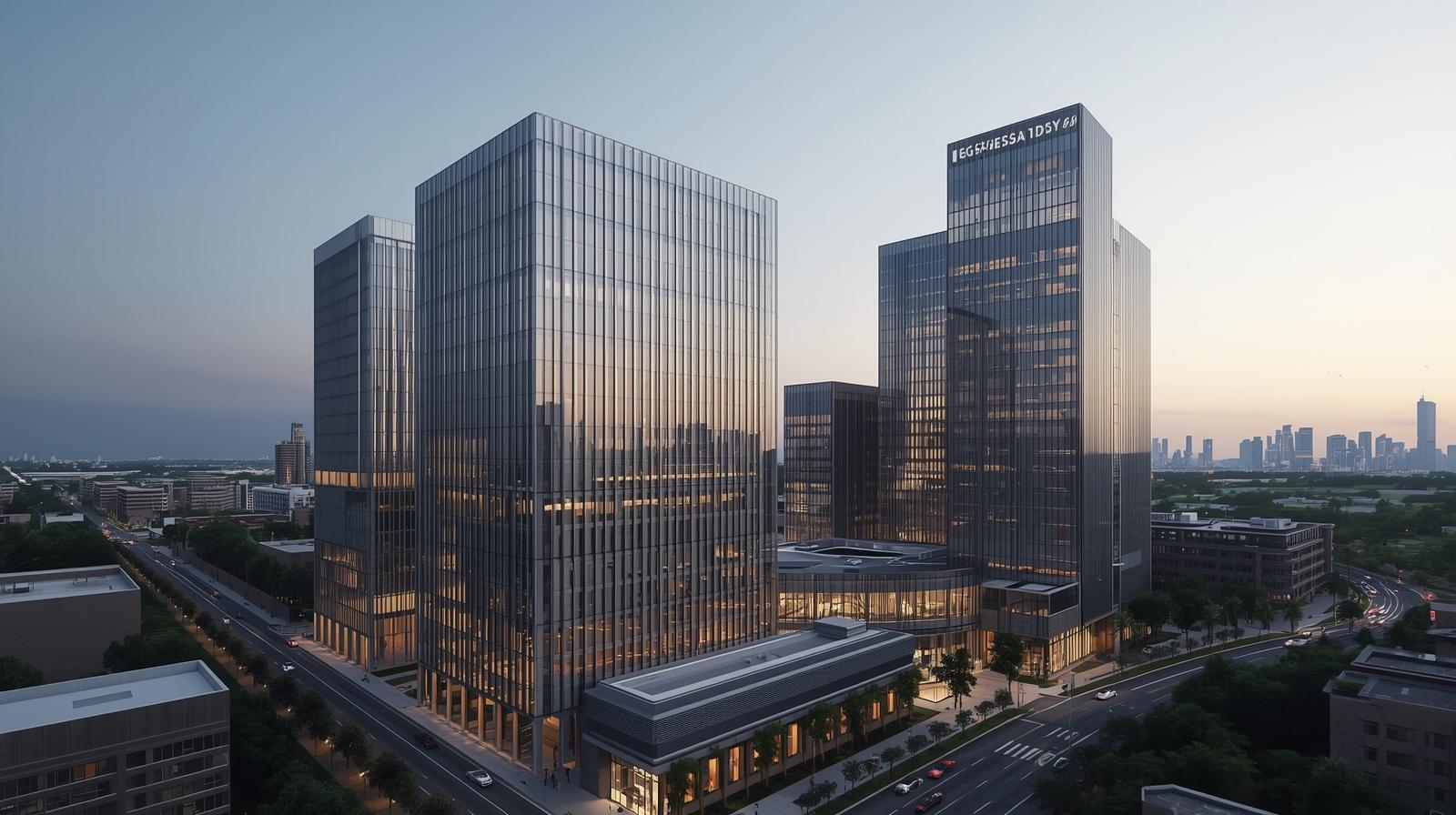
Small apartment buildings, a type of compact urban housing, are gaining traction in Texas, notably with Dallas passing a new building code tailored for this type of structure. This shift is a response to the housing crisis and aims to increase the supply of affordable and diverse housing options.
Here’s why this is significant:
Building Code Changes:. Dallas’s new building code allows for the construction of small apartment buildings with similar efficiency and speed as single-family homes, according to Slate.
Addressing Housing Shortages:. Texas cities, like Dallas, are experiencing a shortage of affordable housing, and small apartment buildings are a way to increase housing density without requiring large-scale developments, as noted by Slate.
Flexibility and Affordability:. These buildings offer more affordable options than traditional single-family homes and can be built efficiently, says Realtor.com.
Community-Oriented:. They can foster a sense of community among residents, as mentioned by Realtor.com.
In a significant move to address the housing shortage, Dallas has adopted a new building code this month that simplifies construction for small apartment buildings (up to 8 units and under 7,500 square feet). This “one-to-eight unit” code streamlines the regulatory process, potentially making infill housing more affordable and accessible.
Elaboration:
- Missing Middle Housing:Dallas’s new code targets “missing middle” housing, which refers to housing types like small apartment buildings, duplexes, and townhouses that are often overlooked in favor of single-family homes or high-rise apartments.
- Easing Development Barriers:The new code reduces the technical and financial hurdles that previously discouraged small-scale development, clearing the way for more infill housing in established neighborhoods.
- Affordability and Infill:By making it easier and less costly to build these smaller buildings, Dallas aims to increase the supply of affordable, neighborhood-friendly housing options.
- Radical Shift:This change represents a departure from the traditional Texas focus on wide highways and sprawling subdivisions, acknowledging the need for more diverse and dense housing options.
- Potential Impact:The new code is expected to address the housing gap in Dallas, potentially making it easier for residents to find affordable housing in areas that were previously difficult to develop for small apartment building
What are these homes—and why are they missing?
Even though Texas received an A- on the Realtor.com® Affordability and Homebuilding Report Card for its strong new-home construction, there’s a gap between what’s being built and a crucial category of housing that hasn’t been developed in decades. This indicates that while new home construction is booming, it may not be addressing the needs of all housing segments, particularly those facing affordability challenges.
Here’s why:
- New home construction is not always affordable:. While a surge in new-home construction permits is a positive sign, it’s not necessarily translating into affordable housing options for all income levels.
- Focus on specific housing segments:. New home construction often focuses on specific demographics, such as young families or those seeking larger homes, while overlooking the needs of other segments, such as single-family homes in dense areas.
- Lack of affordable housing options:. The report card highlights that while new homes are being built, the availability of affordable housing options, especially in high-demand areas, is lagging behind.
In conclusion, while Texas’s homebuilding performance is strong, the report suggests that it needs to address the disconnect between what’s being built and the diverse housing needs of its population, particularly those struggling with affordability.
What Dallas just did—and why it’s different
Dallas faces a significant housing affordability crisis, particularly for middle-income renters and first-time homebuyers. The city is projected to be short 88,000 housing units for individuals earning $50,000 to $60,000 annually, a figure close to Dallas’ median household income of $67,760. This shortage is fueled by rising demand and insufficient new housing units to meet it.
Here’s a more detailed breakdown:
- Housing Shortage:. Dallas is predicted to have a shortfall of 88,000 housing units for individuals in the $50,000 to $60,000 income bracket.
- Affordability Concerns:. This shortfall is causing affordability issues for middle-income renters and first-time buyers, as the demand for housing outpaces the supply.
- Impact on Income:. The projected housing shortage is roughly equivalent to the median household income in Dallas, highlighting the strain on affordability for those in the middle-income range.
- Lack of New Construction:. The issue is exacerbated by a lack of new housing units being constructed to meet the rising demand.
Lessons for cities, renters, and builders
Dallas’s new building code, while in its early stages, provides a valuable lesson for fast-growing cities like Austin, Houston, and Phoenix, especially regarding affordable housing. By adjusting regulations on small apartment buildings, Dallas is removing barriers to “missing middle” housing, which is affordable, livable, and quicker to construct. This approach could be a key strategy for these cities to address their housing crises.
Here’s why Dallas’s new code is significant:
- Focus on Small Apartment Buildings:Dallas has created specific rules for small apartment buildings, making them easier and faster to build. These buildings are often the “missing middle” housing types, offering a more affordable and dense alternative to single-family homes.
- Addressing Housing Shortages:Dallas’s new code could help address the national housing shortage, particularly in fast-growing cities.
- Potential for Other Cities:The Dallas example suggests that building code reform can be a powerful tool for addressing housing affordability, even more so than traditional zoning reform.
- Renters and Advocates Take Note:Renters and housing advocates should consider lobbying for building code reform as a potential pathway to more affordable and accessible housing, alongside zoning changes.
- Fast-Growing Cities:Cities like Austin, Houston, and Phoenix are facing similar challenges with rapid population growth and a shortage of affordable housing, making Dallas’s approach particularly relevant.
- Building Capacity:The Dallas code allows for building multiple units on a lot, potentially increasing housing capacity in a way that’s more efficient and less disruptive than traditional single-family construction.
In essence, Dallas’s new building code demonstrates that by rethinking how small apartment buildings are regulated, cities can unlock a valuable resource for affordable and livable housing, potentially making a significant impact on addressing housing crises in growing metropolitan areas.
A small fix with big potential
The US has a significant housing deficit, estimated at 4 million homes, and many proposed solutions are large-scale. However, Dallas’s quiet reform offers a different approach, suggesting that smaller, localized changes can also be effective in addressing the housing crisis. This alternative focuses on accommodating both smaller and larger housing options, according to Realtor.com.
Elaboration:
- The Housing Deficit:The US faces a substantial housing shortage, with some reports indicating a deficit of 4 million homes.
- Large-Scale Solutions:Many proposed solutions to address this crisis are large in scale, such as significant zoning changes or massive construction projects.
- Dallas’s Quiet Reform:Dallas, Texas, has implemented a reform that focuses on allowing a wider range of housing types in certain areas, including more modest housing options like duplexes and smaller apartments.
- Benefits of Smaller Reforms:This approach highlights the potential of smaller, localized reforms to make a difference in addressing the housing shortage by accommodating various housing needs and making it easier to build a wider variety of homes.
- Making Room for the Modest and Monumental:The Dallas reform acknowledges the need to accommodate both smaller, more affordable housing options and larger, more complex projects, according to an article on Realtor.com.
- Impact on Housing Affordability:By allowing more housing types in a given area, these reforms can potentially increase the supply of housing and reduce overall housing costs, as reported by Slate.

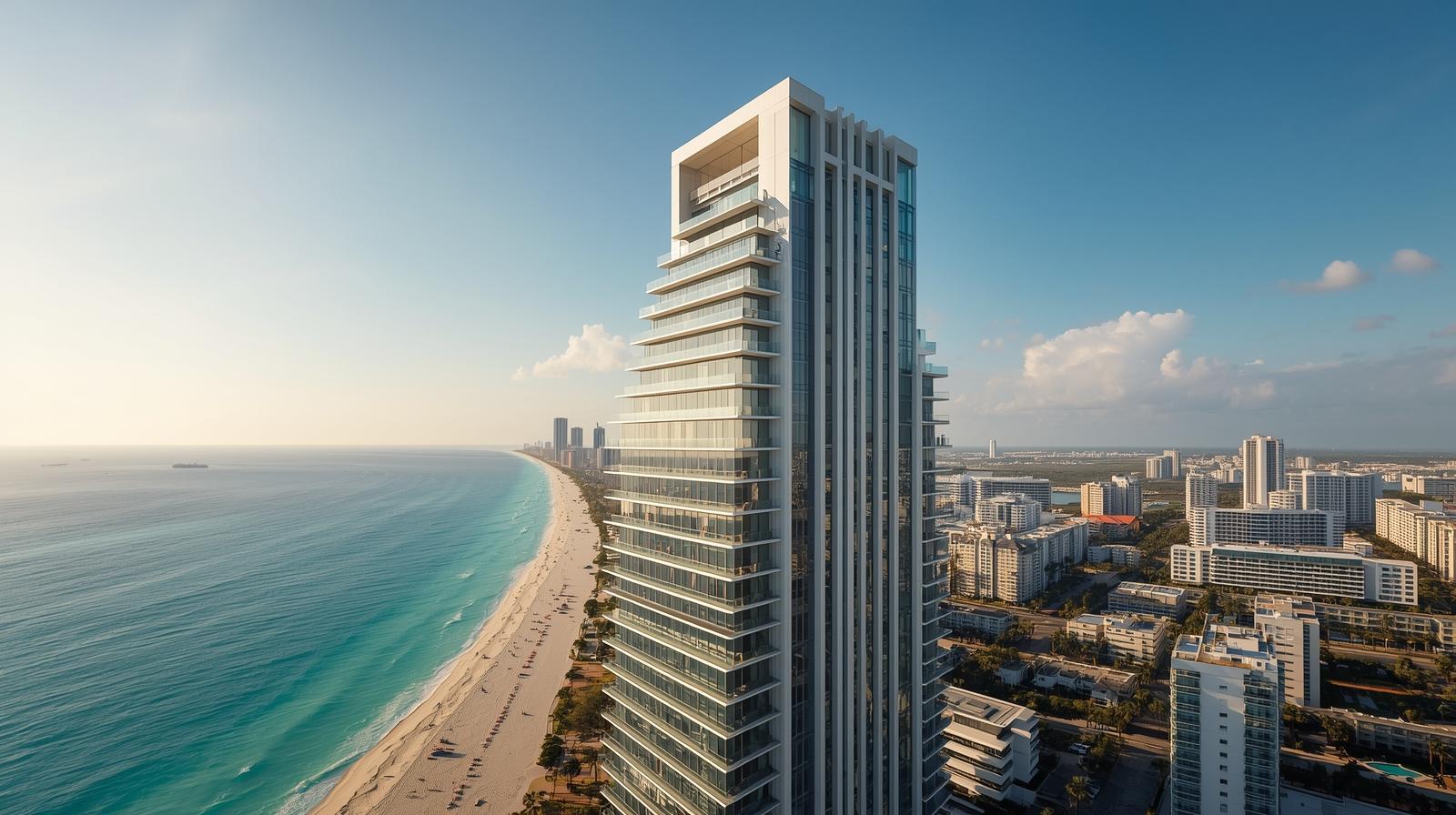
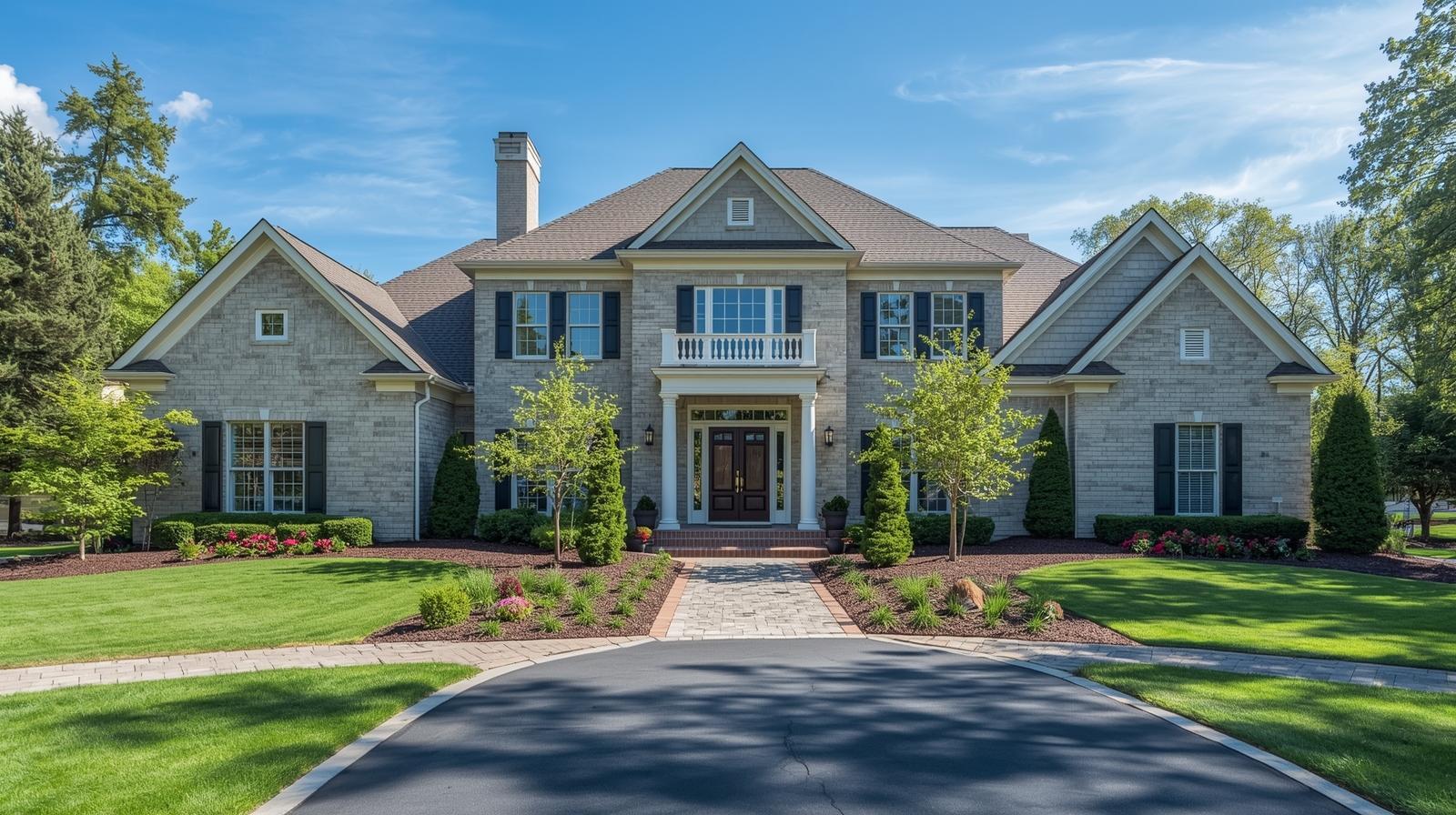
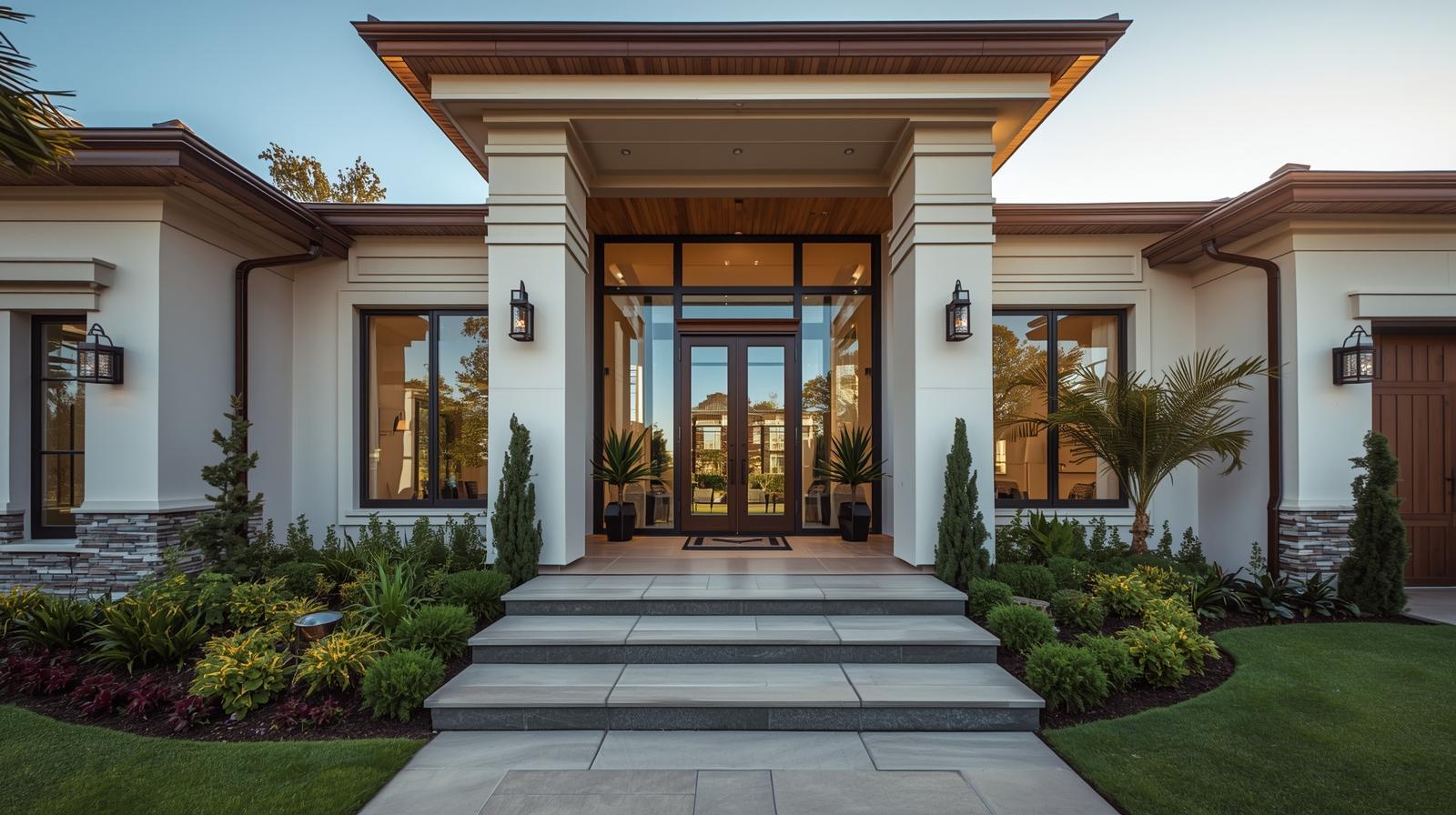
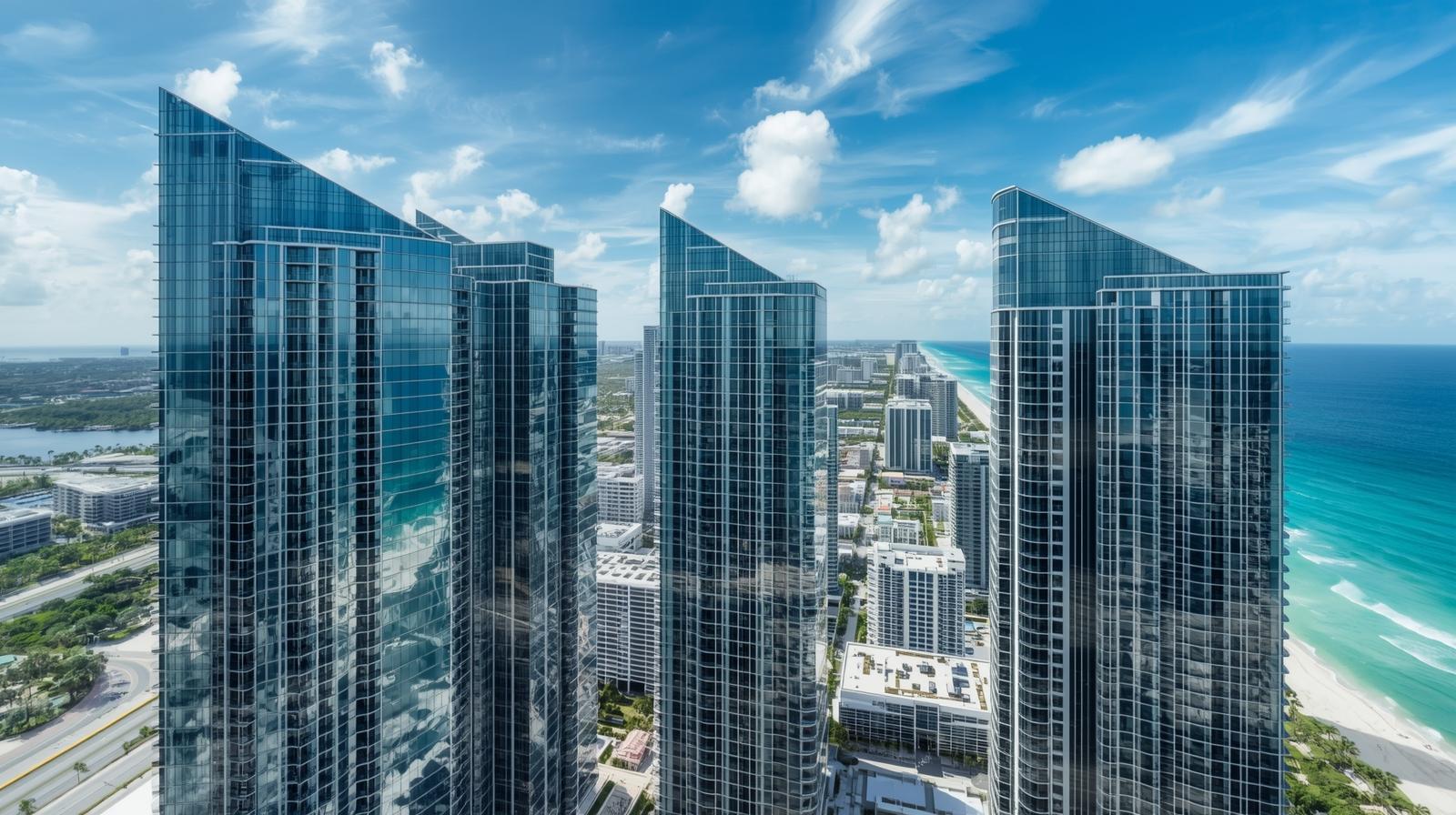
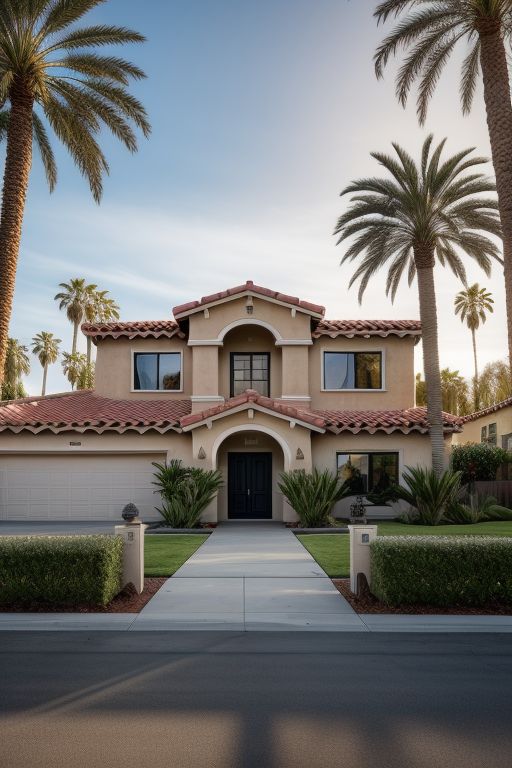

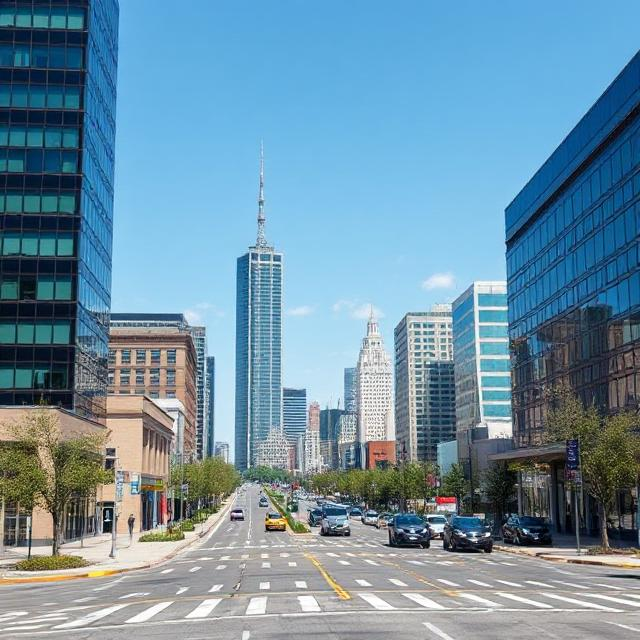
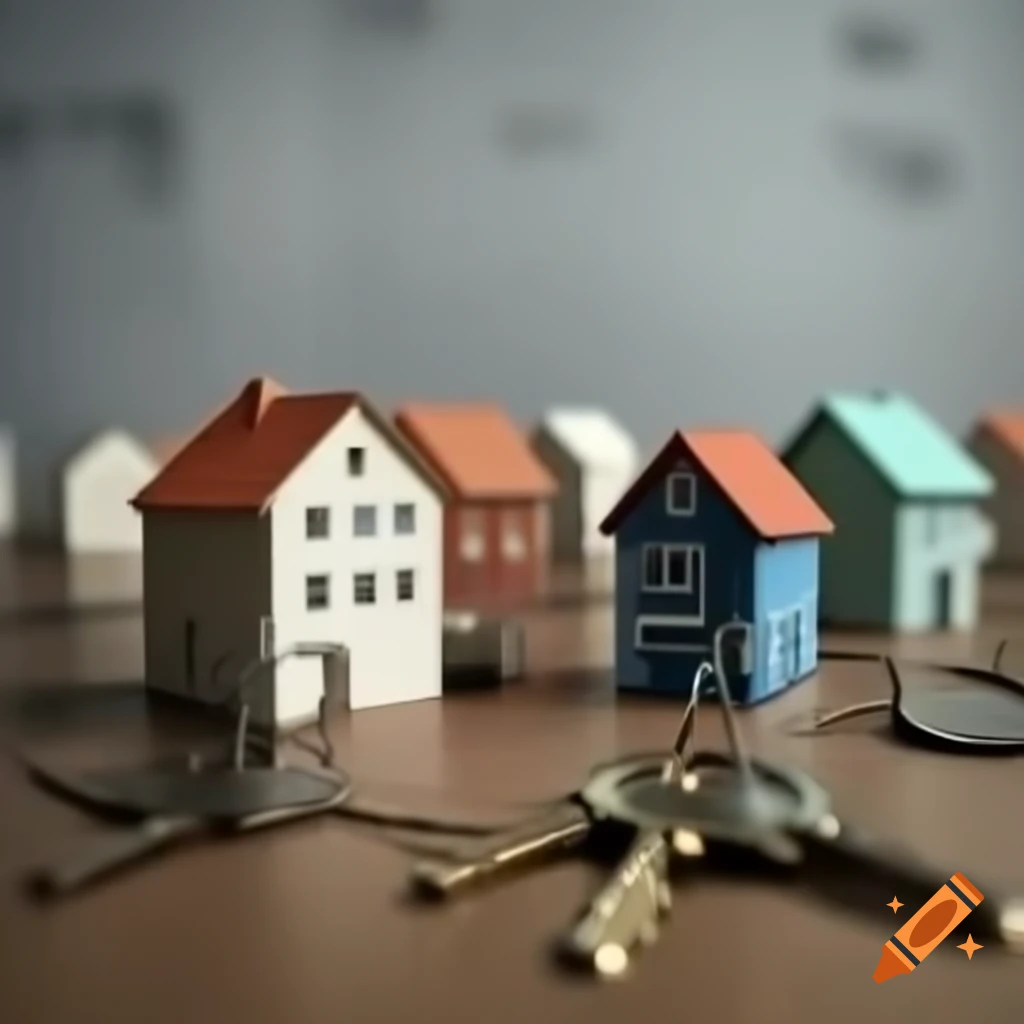
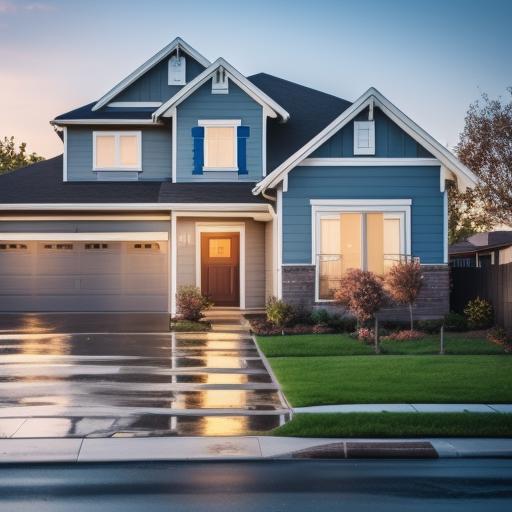
Related Posts